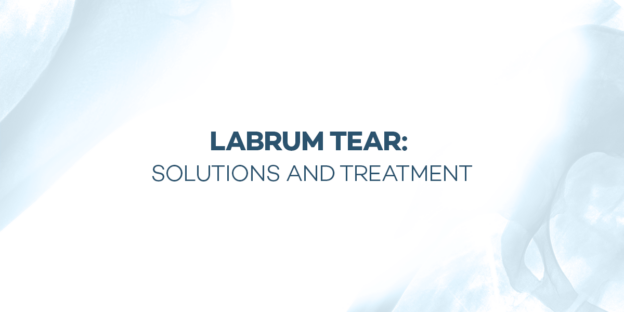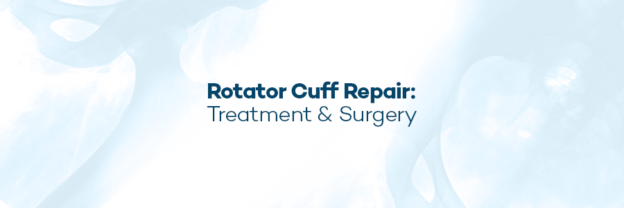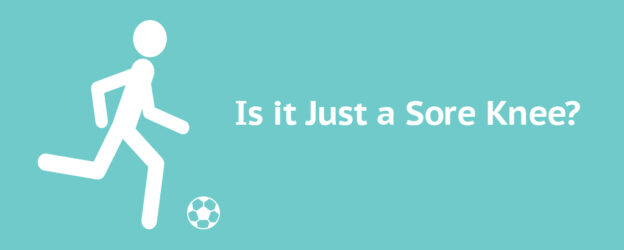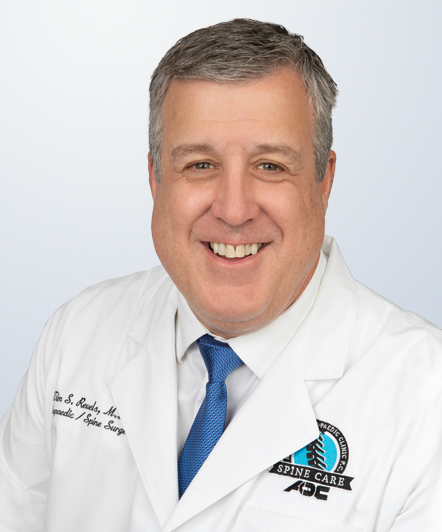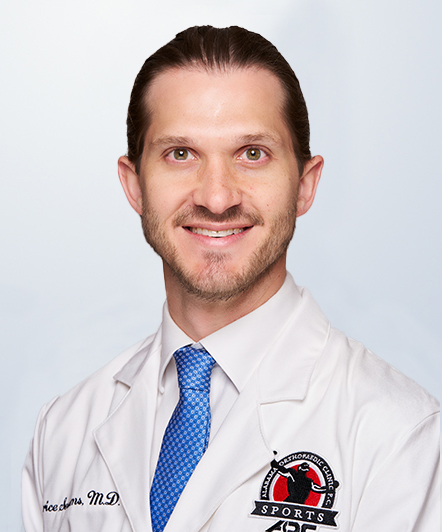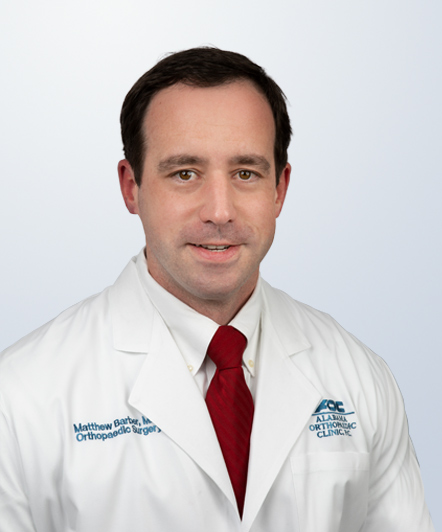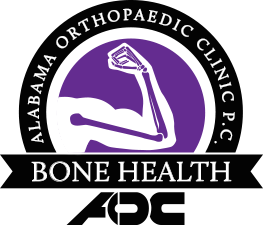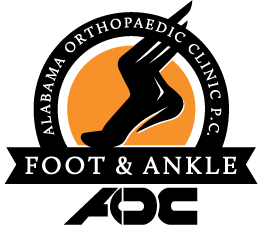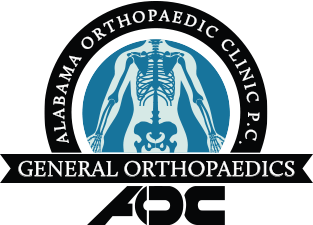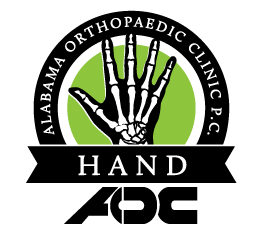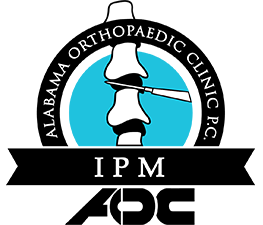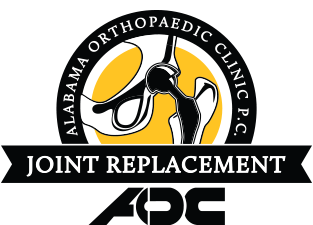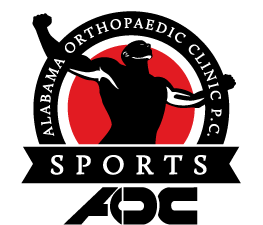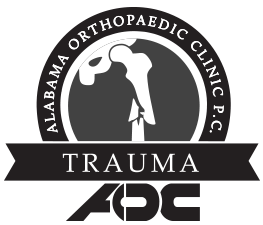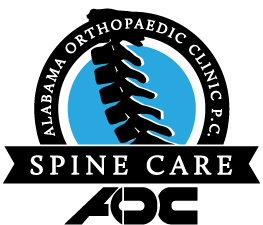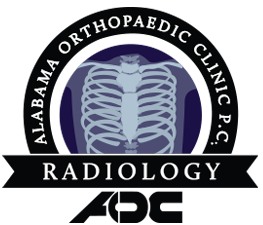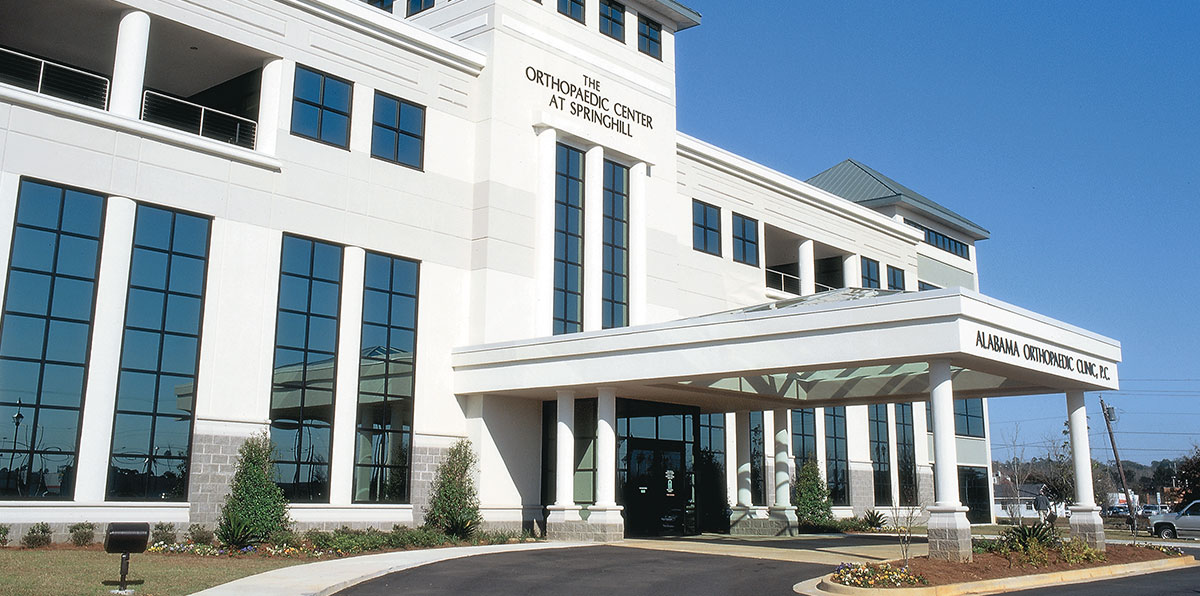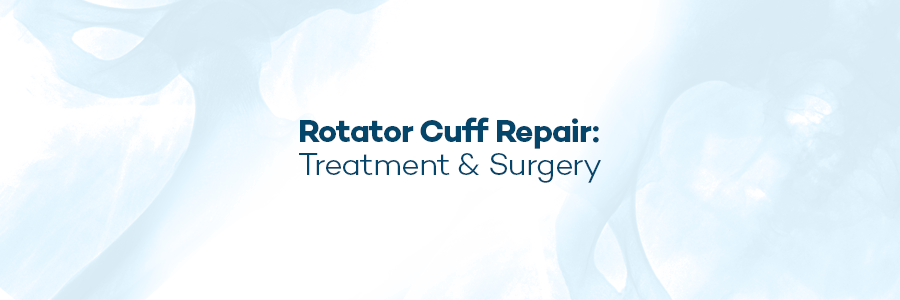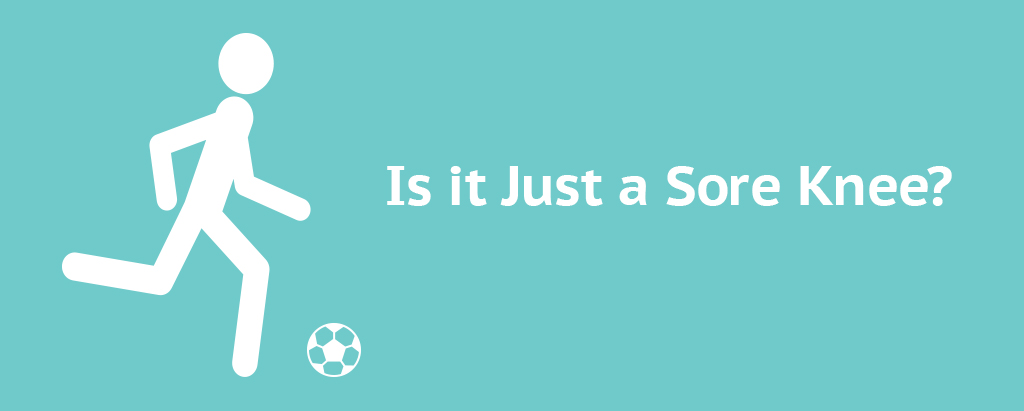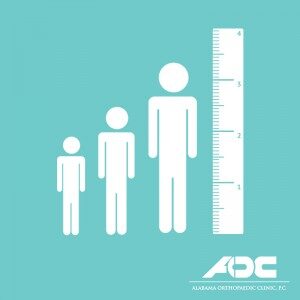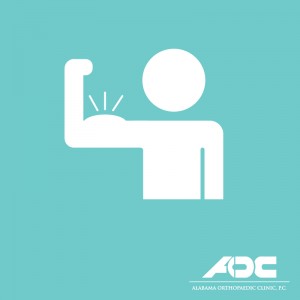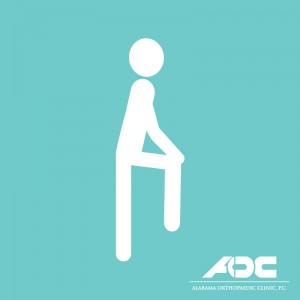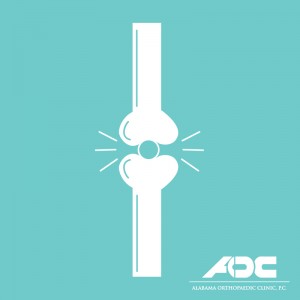Many athletes who play contact sports like football, can experience shoulder separation. A common misconception about a separated shoulder is that it’s an injury to the shoulder joint. A separated shoulder involves the acromioclavicular joint (known as the AC joint), which is where the collarbone meets the highest point of the shoulder blade.
A fall directly on the shoulder is the most common cause of a separated shoulder as it injures the ligaments, muscles, and tendons around the AC joint. If the movement or fall that caused the injury is bad enough, it can tear the ligaments attached to the collarbone, which is what separates the shoulder.
Symptoms of a separated shoulder include:
– Limited joint mobility
– Pain in the shoulder
– Swelling, or bruising
An X-ray usually identifies what’s wrong with the shoulder, and sometimes nonsurgical treatments like ice packs, slings, and anti-inflammatory medications can help manage the pain and help the shoulder return to its normal function. Oftentimes, however, surgery is required. Depending on the severity of the injury, the surgeon may suggest trimming the end of the collarbone so that it doesn’t rub the acromion. If the injury is more severe, the surgeon may have to reconstruct the ligaments that attach to the collarbone.
For more information, call 251-410-3600.
AOC, comebacks start here.
